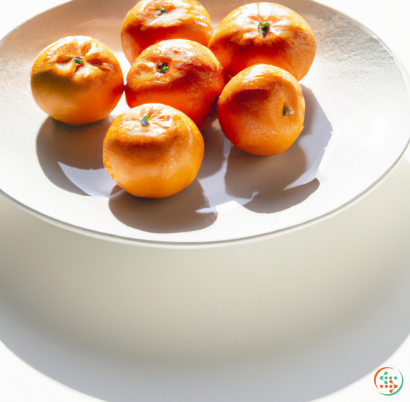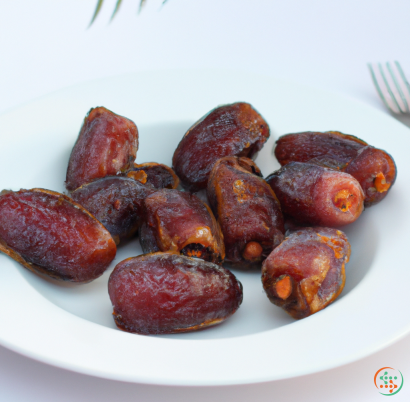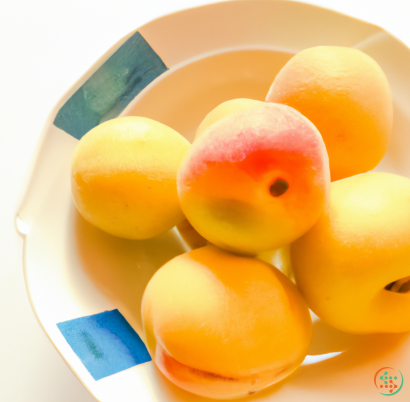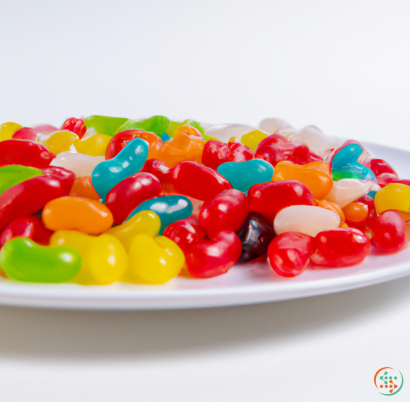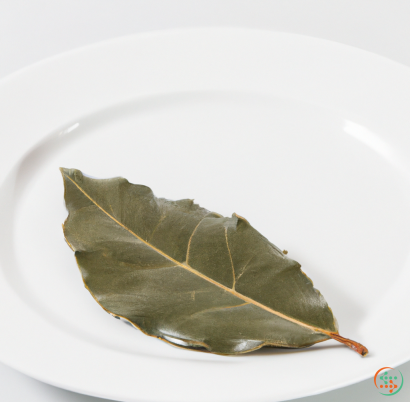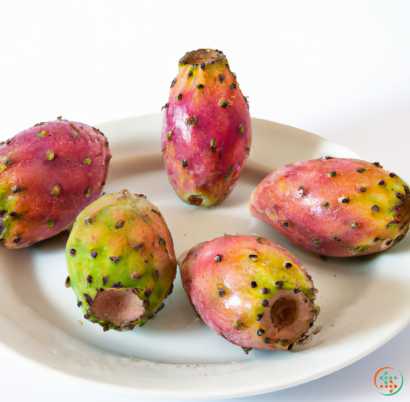Litchis
Litchis, sometimes spelled lychees, are a type of subtropical fruit that are native to southern China. Although not widely known outside of Asia, litchis are becoming increasingly popular in the United States. They have a sweet and slightly acidic flavor that many compare to grapes and notes of guava or rose, as well as an unusual, bumpy exterior.
Litchis are most often enjoyed fresh, though you might also find them canned or used as a dessert ingredient. It might come as a surprise that these popular fruits have a fascinating history, which goes back many centuries.
What is a Litchi?
Litchi (Litchi chinensis) is a tropical and subtropical species of Sapindaceae, or soapberry. It’s a medium-sized deciduous tree that typically grows up to 10m tall. For the most part, litchis are characterized by their unique, inedible red outer layer that surrounds a juicy and sweet white inner flesh. Unfortunately, its red skin is often discarded when eaten fresh, which is a shame, considering that it has a delicious flavor.
The flavor of litchi is difficult to characterize, as it has a delicate sweetness that’s often compared to grapes or guava. Additionally, its smooth, slightly acidic white flesh has notes of rose or nutmeg. In some cases, you might also detect a slight hint of lemon. This exotic flavor is one of the primary reasons why litchis are so popular.
History of Litchis
Litchis are believed to have originated in southern China, and the Chinese have been cultivating them for many centuries. Subsequently, litchis were distributed throughout southeast Asia. Through trade routes, the subtropical fruit eventually reached Thailand, Indonesia, India, Nepal, and Vietnam.
In the 1800s, litchis were introduced to the United States, primarily in Florida and California. However, since litchis grow in areas with a humid climate and year-round sun, most of the production is still based in Asia.
Today, litchis continue to be widely consumed in south and southeast Asia. Additionally, due to improvements in the transportation system, they have become increasingly available in other parts of the world, especially the United States.
Nutritional Value of Litchis
Like other fruits and vegetables, litchis are low in fat and incredibly rich in vitamins, minerals, and antioxidants. One serving size contains 94 grams of carbohydrates, 0.5 grams of fat, and 2 grams of dietary fiber. It’s also a great source of the B vitamin folate, as well as the minerals copper and magnesium.
Additionally, litchis are rich in polyphenols, which are plant chemicals that can help reduce inflammation and protect against oxidative damage. A small study published in the Journal of Agricultural and Food Chemistry showed that litchis possess a significantly higher antioxidant capacity than apples, oranges, and other commonly-consumed fruits.
How to Eat Litchis
Litchis can be enjoyed just as they are! They’re often enjoyed with a sprinkling of salt to balance out the sweetness, or you can dip them in a bit of freshly-squeezed lemon juice. You can also use them to make delicious desserts or smoothies.
If you’re feeling adventurous, you can try pickling them or using them in a savory dish, like a stir-fry. In China, litchis are sometimes paired with savory dishes like salty pork and ham, or even cooked in a savory soup.
Whether you opt for fresh or canned litchis, you’ll get a sweet and slightly acidic taste that is perfect for an exotic summer treat. With their numerous health benefits and unique flavor, it’s no wonder that litchis continue to be popular around the world.
The Journey from Litchi Tree to Your Dinner Plate
Litchis, also known as lichee, are one of the oldest fruits known to humans. Thought to have originated in the Malayan region of Southeast Asia, litchis are particularly popular in the warmer climates of India and China. Litchis have been enjoyed for their unique flavor, aroma, and nutritional benefits for thousands of years. But how does this tropical fruit travel from the litchi tree to your dinner plate? Let’s explore its fascinating journey.
Litchi Trees and Growing Process
The litchi plant is a member of the Sapindaceae family, and as such, is related to other popular fruits, such as the lychee, longan, and rambutan. It is a semi-tropical tree that grows best in warm, tropical climates, with temperatures ideally between 75° – 95° F.
Litchis grow on evergreen trees that can reach heights of up to 30ft with a spread of around 10ft. They produce an abundance of fragrant flowers during the spring. After the flowers are pollinated by insects, small round fruit, resembling a large raspberry, begins to develop. Most trees will not bear fruit until they are at least four years old, and litchi trees can take up to 6 to 10 years before they reach peak production.
Fruiting on the litchi tree will typically occur in clusters containing anywhere from 10 to as many as 100 small green fruits. During this period, each fruit will swell steadily in size over the course of several weeks. The ripening process is gradual, progressing from a deep green to a vibrant red. When the fruit’s skin is smooth, plump, and red, demonstrating visible air pockets near the stem, it has fully ripened and is ready for harvest.
Harvesting the Fruit
Litchis are harvested by hand at the peak of ripeness, guided solely by the skill of the harvester’s eyes and experience. Teams of skilled and experienced pickers will climb into the trees, or use ladders and ropes, to handpick. They harvest the fruit in batches of 8-10 pounds at a time, many of which are destined to be eaten fresh, while some are destined for further processing.
Processing the Fruit
Once the litchi fruit has been harvested, it typically passes through a sorting process to separate the ripe fruit from any underripe specimens. From there it is washed and allowed to dry. The purpose of this process is to remove dirt, pesticides, and also to damage any waste and discard any bad product.
Next, workers will remove the seeds from the fruit. This is a difficult, labor-intensive process. Once the seeds have been removed, the litchis are covered in syrup or juice and packaged into cans, jars, bottles, or plastic bags. These packages are then filled with CO2 or nitrogen to protect the product from oxidation and microorganisms, and are then sealed, labeled, and stored in a refrigerated warehouse.
Finally, the litchi is ready for shipment and will typically be transported globally to major ports, markets, and grocery stores via refrigerated shipping containers. From here, the litchi could be destined for your dinner plate.
The Feast is Ready!
Once the litchi arrives at your grocery store, you can choose from fresh, frozen, dried, or canned litchi fruit and leathers, depending on the season and availability. Some people enjoy eating litchis fresh, while others prefer to add them to a variety of dishes such as stir fries, salads, desserts, and beverages.
But no matter how you choose to enjoy your litchis, you will be benefiting nutritionally as well. High in vitamins and minerals such as Vitamin C and Potassium, litchis are low in calories, packed with antioxidants, and offer anti-inflammatory and cancer-fighting properties.
In conclusion, the journey of the litchi is truly remarkable: grown, harvested, and processed with care, the litchi eventually makes its way from its home in the tropics to your dinner plate. Enjoying litchis is a delight both for your taste buds and for your wellbeing.
| Vitamin E | 0.07 mg | |
| Vitamin K | 0.4 ug | |
| Vitamin C | 0.0715 grams | |
| Vitamin B1 | 0.01 mg | |
| Vitamin B2 | 0.07 mg | |
| Vitamin B3 | 0.6 mg | |
| Vitamin B4 | 0.0071 grams | |
| Vitamin B6 | 0.1 mg | |
| Vitamin B9 | 0.014 mg |
| Calcium | 0.005 grams |
Daily Value 1.3 g
|
| Iron | 0.31 mg |
Daily Value 0.018 g
|
| Magnesium | 0.01 grams |
Daily Value 0.4 g
|
| Phosphorus | 0.031 grams |
Daily Value 1.25 g
|
| Potassium | 0.171 grams |
Daily Value 4.7 g
|
| Sodium | 0.001 grams |
Daily Value 2.3 g
|
| Zinc | 0.07 mg |
Daily Value 0.011 g
|
| Copper | 0.15 mg |
Daily Value 0.9 mg
|
| Manganese | 0.06 mg |
Daily Value 0.0023 g
|
| Selenium | 0.6 ug |
Daily Value 0.055 mg
|
| Tryptophan | 0.007 grams | |
| Lysine | 0.041 grams | |
| Methionine | 0.009 grams |
| Total Sugars | 0.131141 grams |
per 100g
|
| Palmitic acid (16:0) | 0.07 grams |
|
| Stearic acid (18:0) | 0.02 grams |
|
| Total Saturated fatty acids: | 0.09 g | |
| Oleic acid (18:1) | 0.12 grams |
|
| Total Monounsaturated fatty acids: | 0.12 g | |
| Linolenic acid (18:3) | 0.07 grams |
|
| Linoleic acid (18:2) | 0.07 grams |
|
| Total Polyunsaturated fatty acids: | 0.14 g | |

